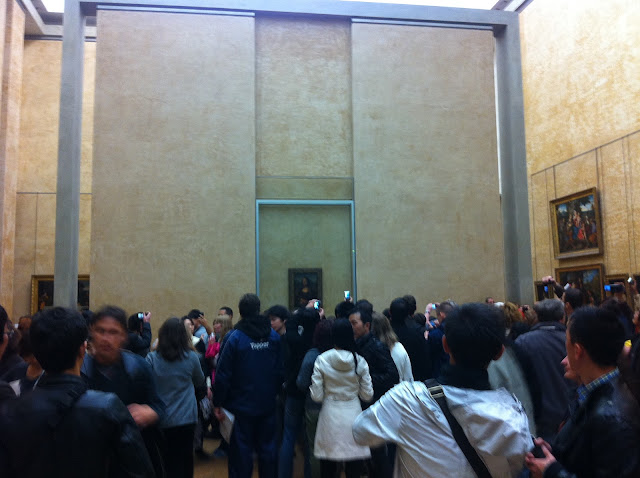
The Crimes of Paris: A True Story of Murder, Theft, and Detection by Dorothy and Thomas Hoobler (Little, Brown and Company, 2009) professes to tell the real inside story of the theft of the Mona Lisa and begins by mis-spelling the name of the thief. Vincenzo Peruggia spells his name with two “gs,” as may be seen in the widely-published mug shot taken of him by Italian police, after his arrest as he tried to return the Mona Lisa to Italy, after having stolen it from the Louvre. It is rather baffling, then, that the authors of this new work of non-fiction chose to spell the thief’s name with only one “g.” The odd choices do not stop there.
It is perhaps surprising that the complete story of the theft of the Mona Lisa, certainly the most famous art theft in history, has never been the subject of a book of non-fiction. It is mentioned in a number of works, but an in-depth monograph is still wanting. The Crimes of Paris professes to fill that lacuna, and its publishers were optimistic—an excerpt was featured in the May 2009 issue of Vanity Fair. (Another new book of 2009, Vanished Smile by R. A. Scotti, also hopes to tell the story—we’ll see if the author can do better). While the account of the theft and recovery of the Mona Lisa is accurate and reasonably well-written, the supposed true crime conspiracy that the authors have uncovered and present in their work, regarding forgeries of the Mona Lisa and a mastermind called the Marquis de Valfierno who was behind the whole plot, is a load of hooey. The sole source of this conspiracy, a 1932 article in The Saturday Evening Post by American journalist Karl Decker, was dismissed decades ago by all scholars worthy of the name as a wholesale invention—and one so outrageous that it is difficult to understand how anyone could believe it to be true.
Decker claimed to have met a con man named Eduardo while in Casablanca. Eduardo proceeded to tell Decker about his forgery ring in Buenos Aires and Paris, selling American millionaires copies of paintings that he told them were stolen originals. This Eduardo, who also went under the alias the Marquis de Valfierno, claimed that he had hired Peruggia to steal the original Mona Lisa in order to convince six separate American millionaires that the forged Mona Lisa that they were buying from Valfierno was the stolen original.
The Valfierno story was long ago rejected as one of two things: either a wholesale invention by Karl Decker to sell his story, or a wholesale invention by a con man in Casablanca that pulled the wool down over Mr Decker’s eyes. It is a shame, then, that a work of non-fiction professing to tell the true story behind a famous true crime, should so mislead its readers. Without the addition of myth, the story of the theft of the Mona Lisa is rich and enthralling, with a fabulous cast of characters (including Picasso, Apollinaire, and a fascinating French detective), the backdrop of pre-war Paris and Florence, and ripples felt to this day. For not only was the theft of the Mona Lisa the most famous theft of any object in history, but it also inspired other thefts, altered the concept of what makes a work valuable, and proved to be a turning point in the history of art, of collecting, and of art crime.
The book is worth reading for its solid if stolid account of the theft and recovery of the world’s most famous painting. It also covers the backdrop of Paris in the ‘teens, with a variety of characters sketched into what is more a pastiche of a period in time than a thorough exploration of one crime. In terms of setting the scene, painting the atmosphere of a time and place, the book succeeds nicely.
But it is, of course, the art crime that is of greatest interest to this review. The Hooblers’ tale of the Mona Lisa theft would have done well to have ended without the addition of Valfierno—and it would have been nice to have spelled the name of the protagonist correctly. Trying to shoe-horn a myth into one of history’s great true stories poisons the portions that are true, and cultivates the misconceptions about art crime that already abound.
 art theft,documentary,Joe Medeiros,Mona Lisa
art theft,documentary,Joe Medeiros,Mona Lisa
 No comments
No comments












